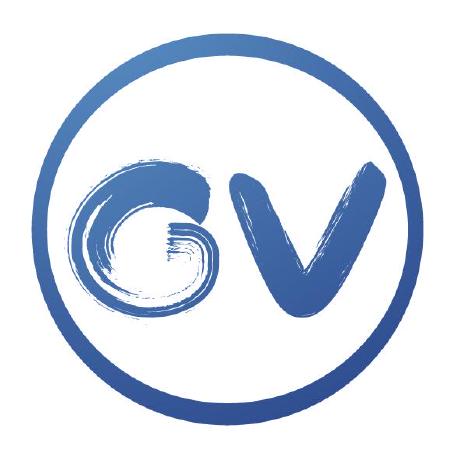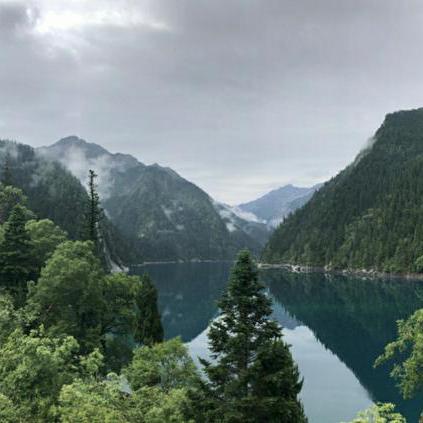Discover and explore top open-source AI tools and projects—updated daily.
CVPR2023-3D-Occupancy-Prediction by  CVPR2023-3D-Occupancy-Prediction
CVPR2023-3D-Occupancy-Prediction
3D occupancy prediction benchmark for autonomous driving scene perception
Top 41.9% on SourcePulse
This repository hosts the CVPR 2023 3D Occupancy Prediction Challenge, providing a benchmark for autonomous driving scene perception. It addresses the limitations of traditional 3D bounding box detection by enabling dense, voxel-wise prediction of scene occupancy and semantics from surround-view images. The target audience includes researchers and engineers in autonomous driving and computer vision.
How It Works
The challenge focuses on predicting the occupancy state (free or occupied) and semantic class for each voxel in a 3D scene, using only camera images as input. This approach allows for a more detailed representation of the environment compared to bounding boxes, capturing complex object shapes and background elements. The benchmark utilizes a voxelized representation derived from the nuScenes dataset, requiring models to perform dense 3D prediction.
Quick Start & Requirements
- Baseline: A baseline model based on BEVFormer is provided. Refer to
getting_startedfor details. - Data: The dataset is based on nuScenes, with mini (440MB), trainval (32GB), and test (6GB) splits available for download.
- Submission: Results are submitted via an evaluation server, requiring a specific
.npzformat for each frame.
Highlighted Details
- Benchmark: The first large-scale 3D occupancy benchmark for autonomous driving.
- Data: Voxelized representation with occupancy state and semantics, derived from nuScenes.
- Evaluation: Primarily ranked by mean Intersection over Union (mIoU).
- Input: Camera images only; no future frames allowed during inference.
Maintenance & Community
- The challenge server remains active. For leaderboard updates, contact
contact@opendrivelab.com. - Challenge website: https://opendrivelab.com/AD23Challenge.html
Licensing & Compatibility
- Dataset: Subject to nuScenes dataset terms of use.
- Code: MIT License.
Limitations & Caveats
The nuScenes dataset has known issues with z-axis translation, potentially affecting precise 6D localization and point cloud accumulation. Some data exhibits ground stratification. The evaluation uses a mask_camera to exclude voxels not visible to cameras.
2 years ago
Inactive

 OpenGVLab
OpenGVLab apple
apple yukangcao
yukangcao nv-tlabs
nv-tlabs HuaiyuanXu
HuaiyuanXu worldbench
worldbench vasgaowei
vasgaowei TRI-ML
TRI-ML chensjtu
chensjtu facebookresearch
facebookresearch yinyunie
yinyunie